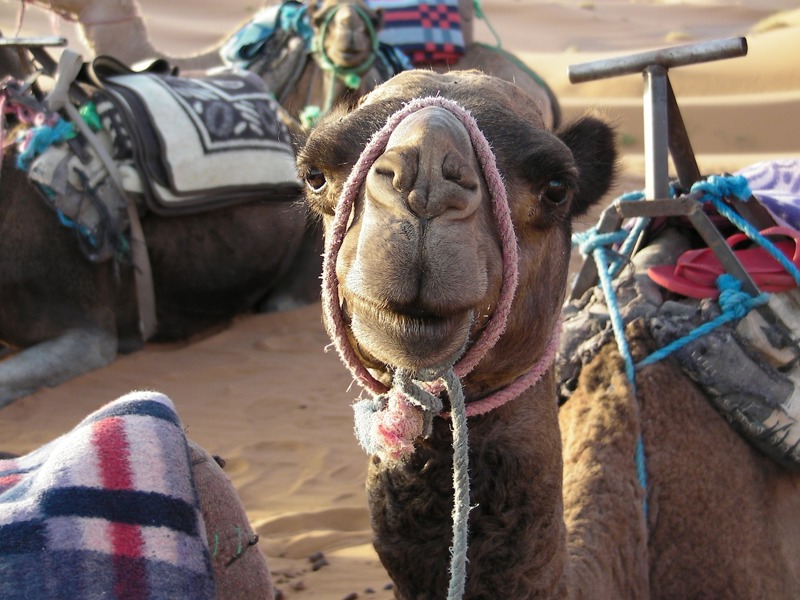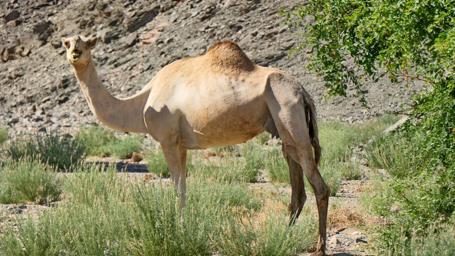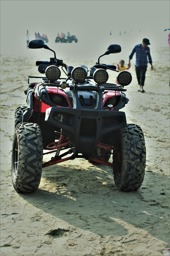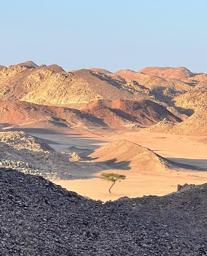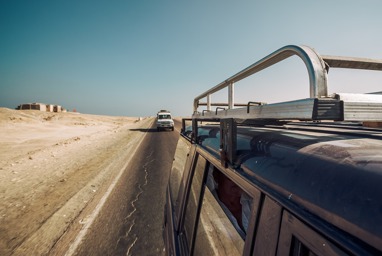
Wadi El Gemal National Park
Start at 8:00 am till around 3:00 pm
The Jeep and driver as well as the guide will pick you up from the hotel taking you south to the National park, passing by the acacia trees, Rock & Chrystal formations, Old emerald mines, ancient Egyptian temple (Roman period ruins) as well as what's possible to see of wild camels, animals or birds (never guaranteed to see as they are free in the wild) and back to your hotel,
Also possible to combine a stop over at Sharm El Luli (Ras Hankurab) for an hour snorkeling there.
a private safari trip to the park which can be designed around what you want .
The safari includes private jeep , Guide , tickets and permits, lunch, tea and soft drinks
The Wadi El Gemal Nationa Park ( Wadi El Gemal meaning “Valley of the Camels” ) is an extensive area of land and coastal water lying to the south of Marsa Alam. It includes many diverse ecological habitats and a rich variety of animal and bird types, including several endangered species. The area was designated a national park by the Egyptian Environmental Affairs Agency in January 2003.
The park covers a total of some 5,000 square kilometres, including several islands, a stretch of mangrove rich coast line and an extensive mountainous area inland which surrounds one of Egypt’s largest desert wadis.
The Wadi El Gemal area acts to channel any water from the mountains towards the coastline, but some is trapped underground which is a key factor supporting the national park’s vibrant ecosystem.
The valley is most easily accessed by an entrance from the coast road located approximately 45 km south of the small town of Marsa Alam. Do not try to enter on your own as it is easy to get lost inside the national park and it might be difficult for rescuers to find you.
Animals that inhabit the wadi include many rare species, such as the nubian ibex and the hyrax as well as wild donkeys, camels and gazelle.
Show more...Inclusions
- Private jeep with driver
- Experienced guide
- Tickets and permits
- Lunch, tea, and soft drinks
Exclusions
- Personal snorkeling gear
- Gratuities for the guide and driver
- Any additional personal expenses
